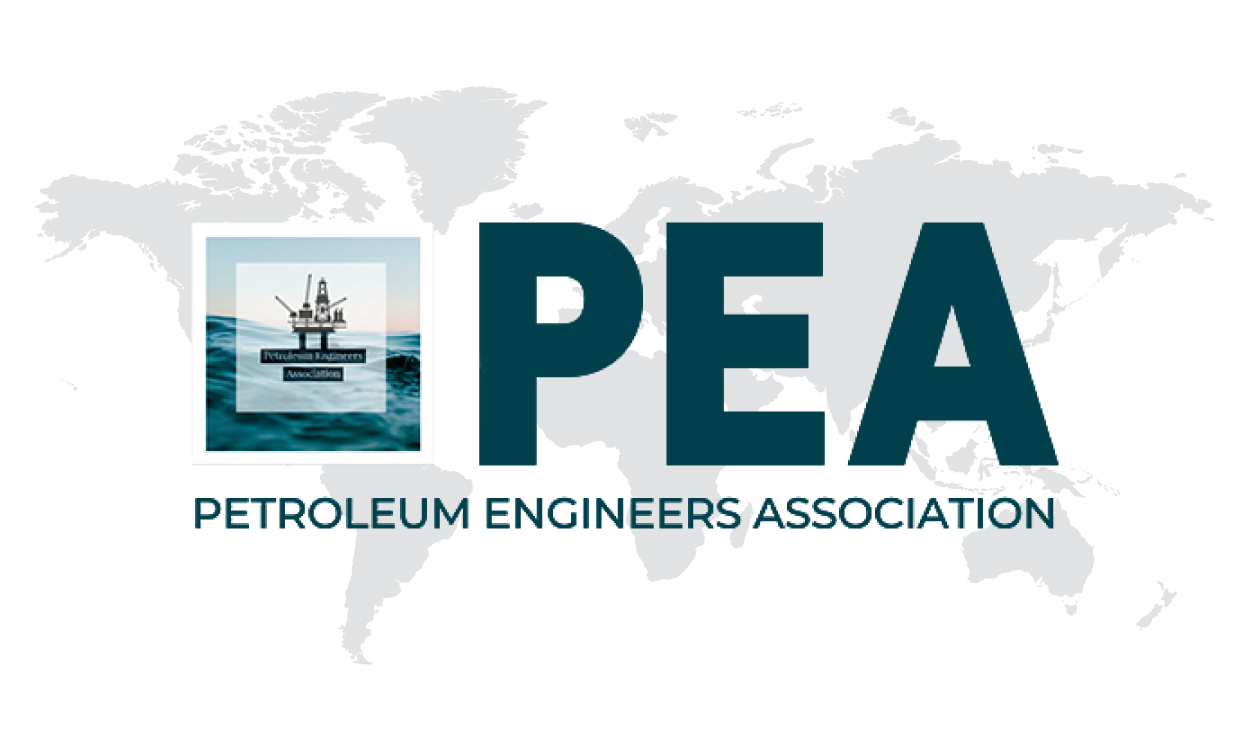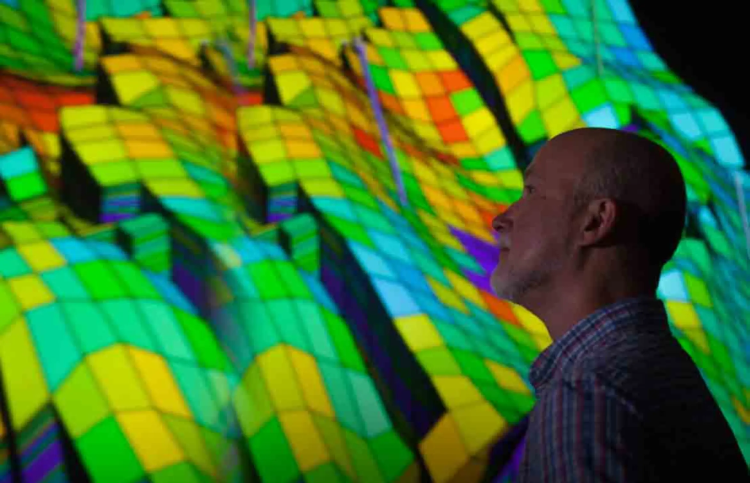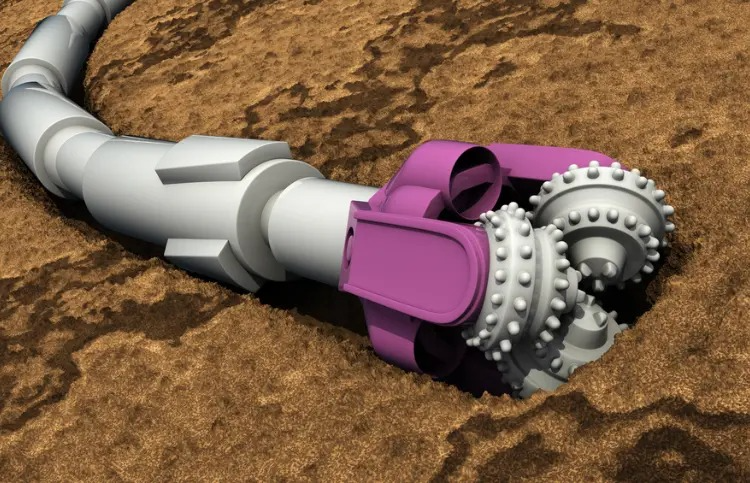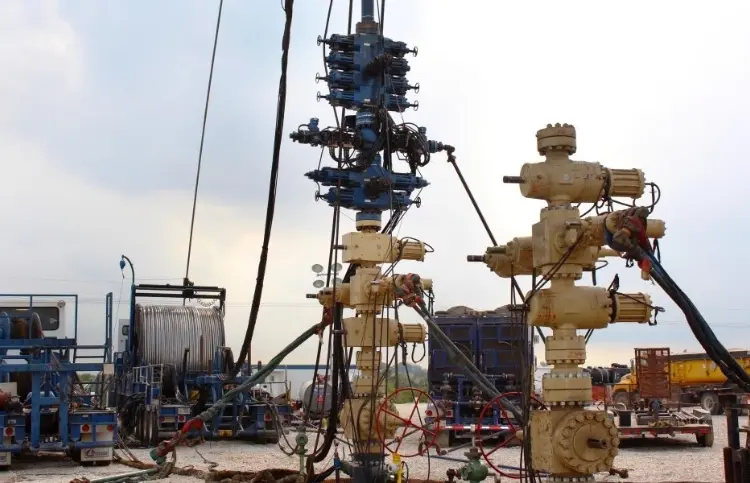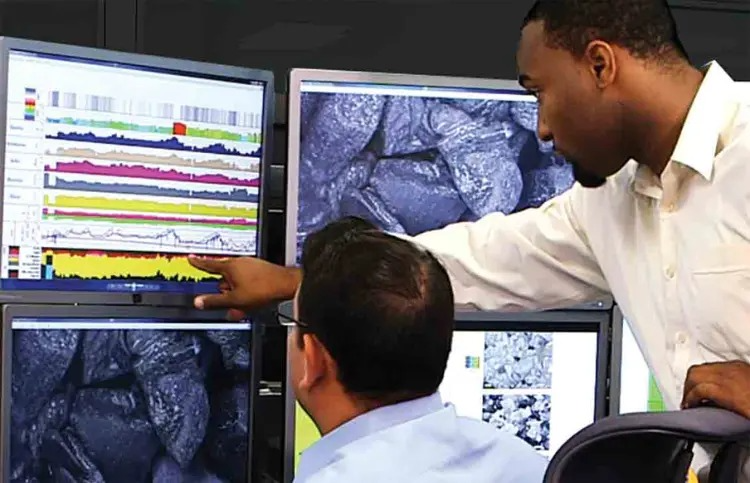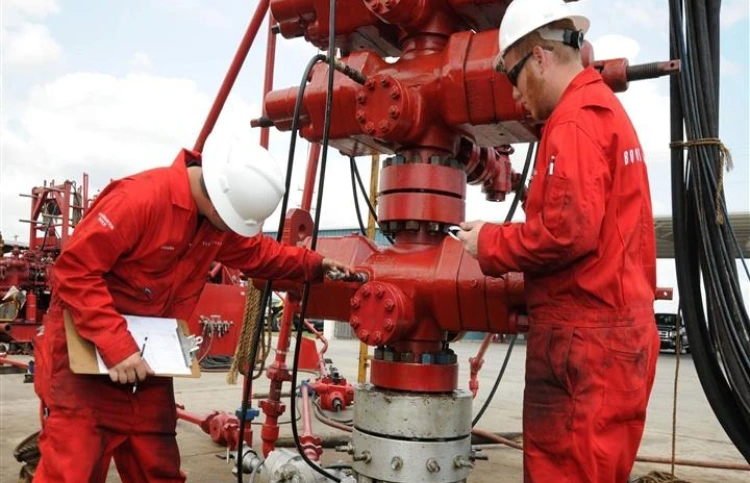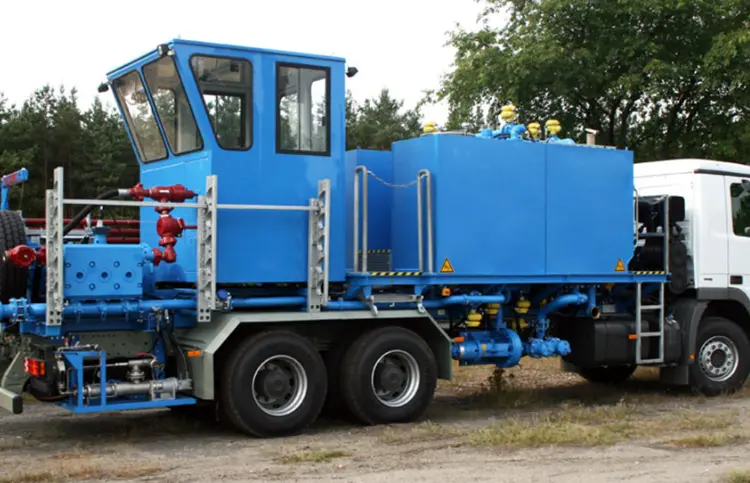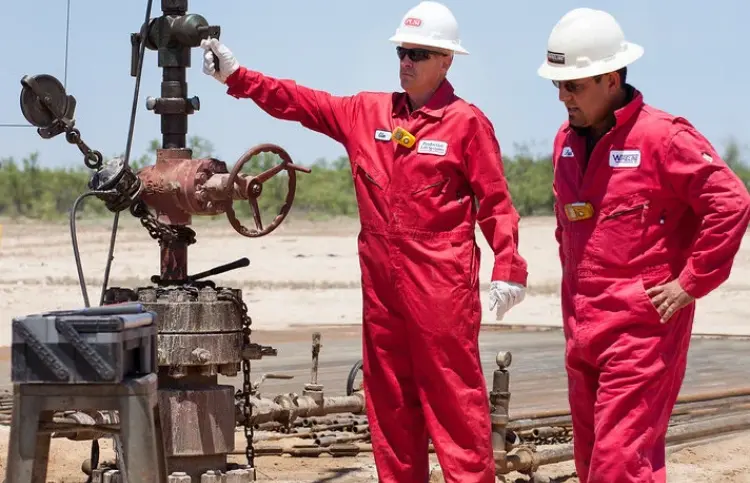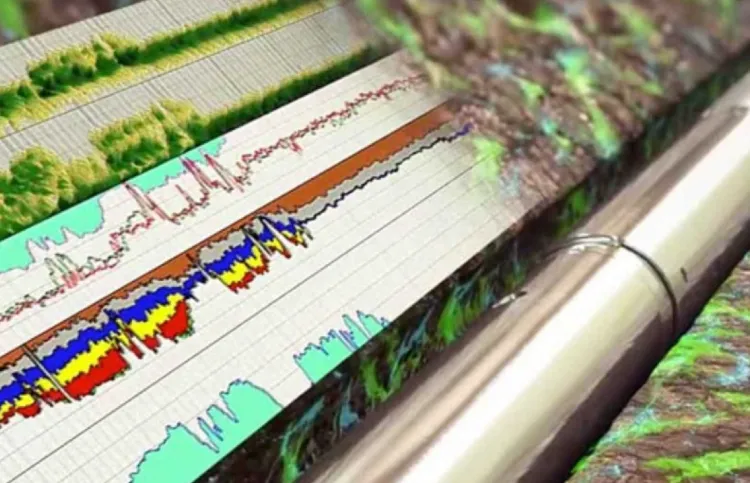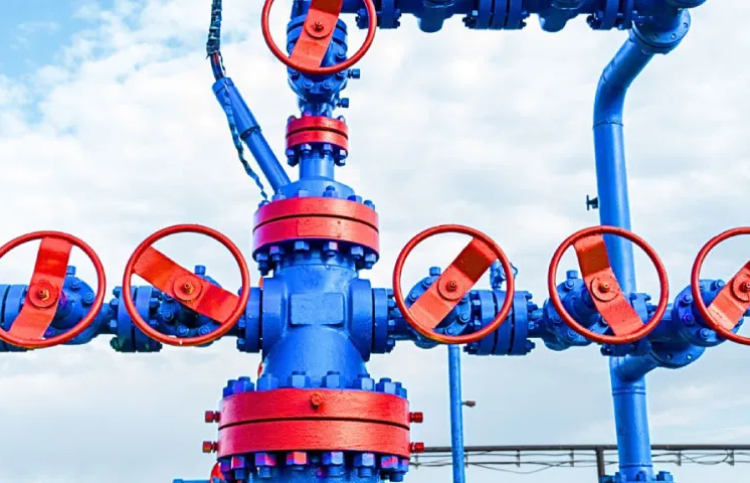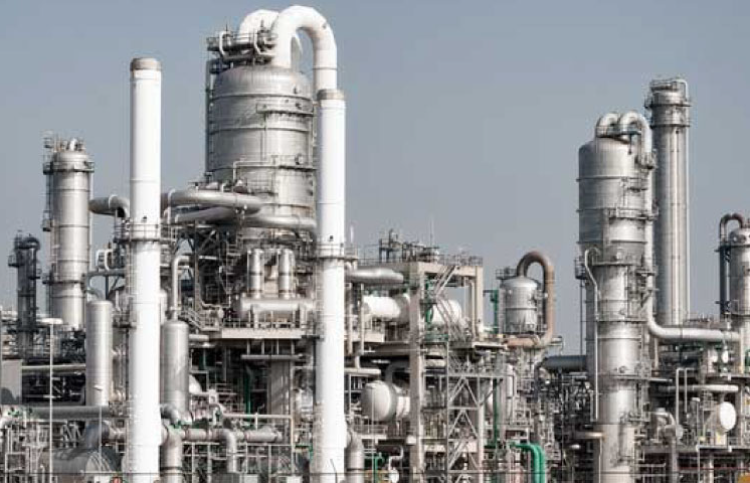Advanced Petrophysics
| Code | Duration | Currency | Fee Per Person |
|---|---|---|---|
| EL-PET-PEA |
20 Hours
|
USD
|
500
|
This is a self-paced, on-demand e-learning course. Upon enrollment, all course videos and materials will be delivered to your email within 12 hours. A certificate will be issued upon successful completion of the required quizzes and assignments.
Boost your team's skills and your budget! Enjoy group discounts for collaborative learning. Send an inquiry to info@peassociations.com.
Advanced Petrophysics
This program equips professionals with advanced skills in petrophysical analysis, data integration, and reservoir evaluation, essential for maximizing hydrocarbon recovery.
Description
The Advanced Petrophysics offers a complete journey into the science and application of petrophysics, emphasizing integration of core, log, and test data to solve real-world reservoir challenges. Participants will learn to evaluate porosity, permeability, and saturation; calibrate well logs with core data; and apply advanced workflows for both clastic and carbonate formations. Covering low resistivity pay, thin bed analysis, rock typing, and machine learning techniques, the course provides an applied understanding of reservoir quality and productivity. By program’s end, learners will have mastered modern tools and methodologies to conduct precise petrophysical evaluations and optimize reservoir management.
Petrophysics forms the backbone of reservoir understanding, linking geology, engineering, and economics. With increasing complexity in reservoirs, advanced interpretation methods are vital to reduce risk and improve recovery. This diploma program brings together fundamentals, data integration, and advanced applications to prepare professionals for the technical challenges of modern petroleum fields. Through structured learning and case-based scenarios, participants will gain the expertise to integrate multi-scale data and deliver reliable reservoir assessments that directly support exploration, development, and production decisions.
• Gain a solid understanding of petrophysical principles and workflows.
• Integrate data from core, log, and test sources for accurate reservoir analysis.
• Apply advanced well logging techniques for lithology, porosity, and resistivity evaluation.
• Conduct deterministic and probabilistic interpretations of petrophysical data.
• Perform calibration between log and core measurements for improved accuracy.
• Evaluate low resistivity pay zones and thin bed reservoirs.
• Analyze carbonate and clastic formations with advanced interpretation methods.
• Apply machine learning and neural networks for rock typing and permeability prediction.
• Develop internal expertise to handle complex reservoir characterization.
• Enhance accuracy in reserves estimation and field development planning.
• Reduce uncertainty and technical risk in hydrocarbon opportunities.
• Improve asset productivity through robust petrophysical insights.
• Support multidisciplinary decision-making with reliable data interpretation.
• Build advanced competency in reservoir petrophysics and formation evaluation.
• Strengthen interpretation skills using integrated data workflows.
• Improve ability to assess reservoir quality and heterogeneity.
• Gain confidence in applying modern tools for complex reservoir challenges.
• Position yourself for specialized roles in reservoir evaluation and field development.
• Geologists and Well-Site Geologists
• Petrophysicists and Reservoir Engineers
• Production Engineers and Drilling Engineers
• Data Managers in oil and gas
• Industry professionals engaged in logging data interpretation and validation
• Reservoir Petrophysics (Lab Measurements)
• What is Petrophysics?
• Routine Core Analysis:
• Porosity
• Grain Density
• Permeability
• Permeability and Porosity Relationships
• Dean Stark water saturation
• Special Core Analysis:
• Cation exchange capacity (CEC)
• Electrical resistivity of the rock (Formation factor & Resistivity index).
• Boundary Tension & Wettability
• Capillary pressure (Pc)
• Pore throat distribution.
• Relative Permeability & Fluid Saturation
• Fundamentals of Well Logging
• Logging Operations and Log Quality Control
• Definition, measurements, application, equations of the following tools:
• Lithology Tools
• Porosity Tools
• Density & Neutron combination.
• Resistivity Tools
• Practical Petrophysical Interpretation:
• Pre-computation:
• Database setup, data loading and LQC
• Data presentation
• Depth shift between different well data (WL, LWD,…)
• Curve Splicing (merge) between different log runs
• Data Editor
• Lithology identification using different cross plots
• Reservoir zonation
• Precomputations (Create temperature curve)
• Flags (quality & mineral flags)
• Pickett plot (Rw & cementation exponent determination)
• Deterministic approach:
• Lithology identification.
• Shale volume calculations.
• Determination of clay minerals.
• Porosity models & calculation methods.
• Saturation models & calculation methods.
• Cut-off and Summation.
• Probabilistic Multi-Models Combination approach:
• Initialization
• Evaluation models construction
• Multi-models combination
• Post Processing
On successful completion of this training course, PEA Certificate will be awarded to the delegates
This course has been meticulously developed by a seasoned PEA expert renowned in the oil and gas industry. With extensive hands-on experience and a proven track record in delivering innovative solutions, our trainer brings a wealth of technical expertise, deep industry insight, and a commitment to excellence. Learners can trust that they are gaining knowledge from a leading authority whose dedication to professional development ensures you receive only the highest-quality training to elevate your skills and career prospects.

